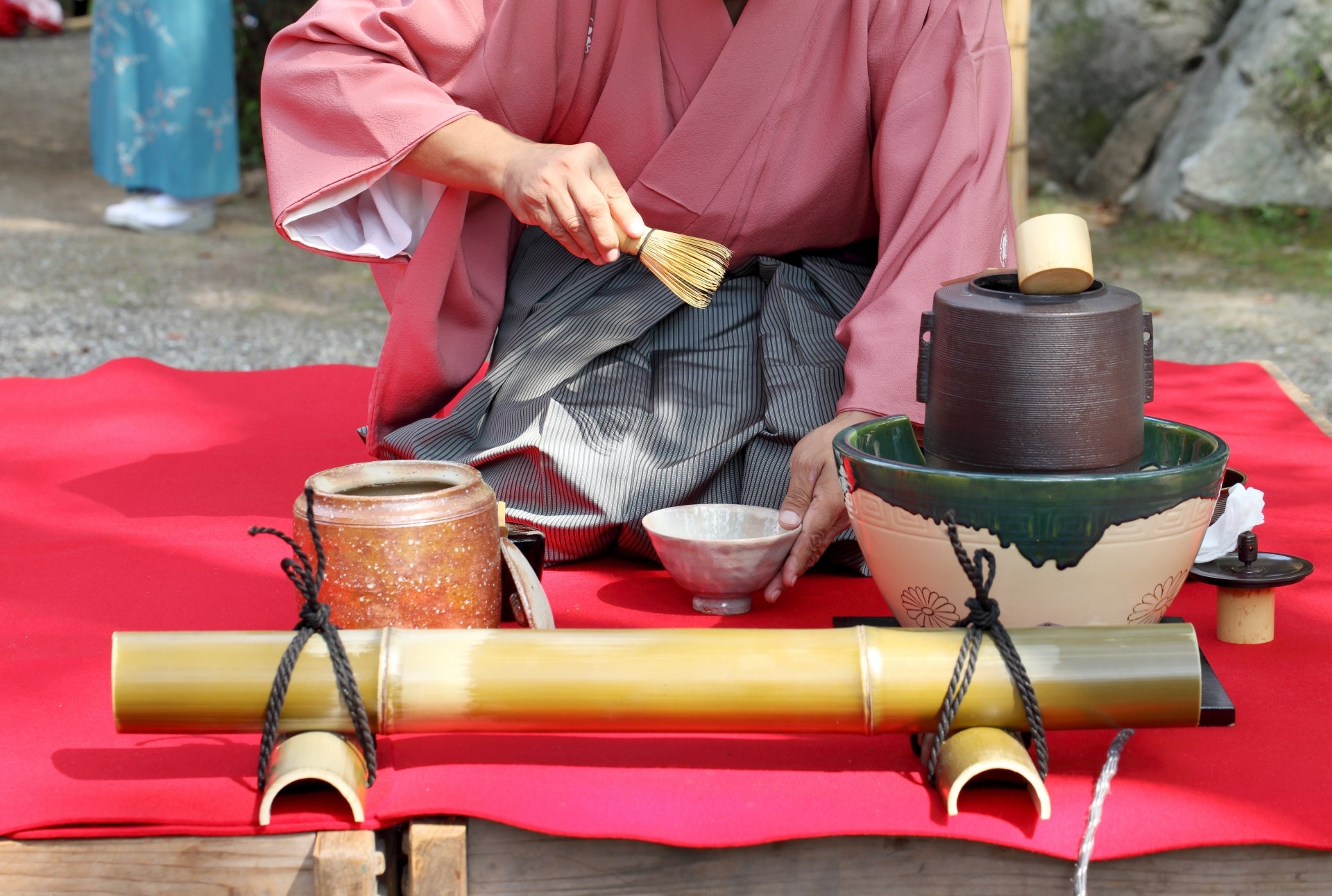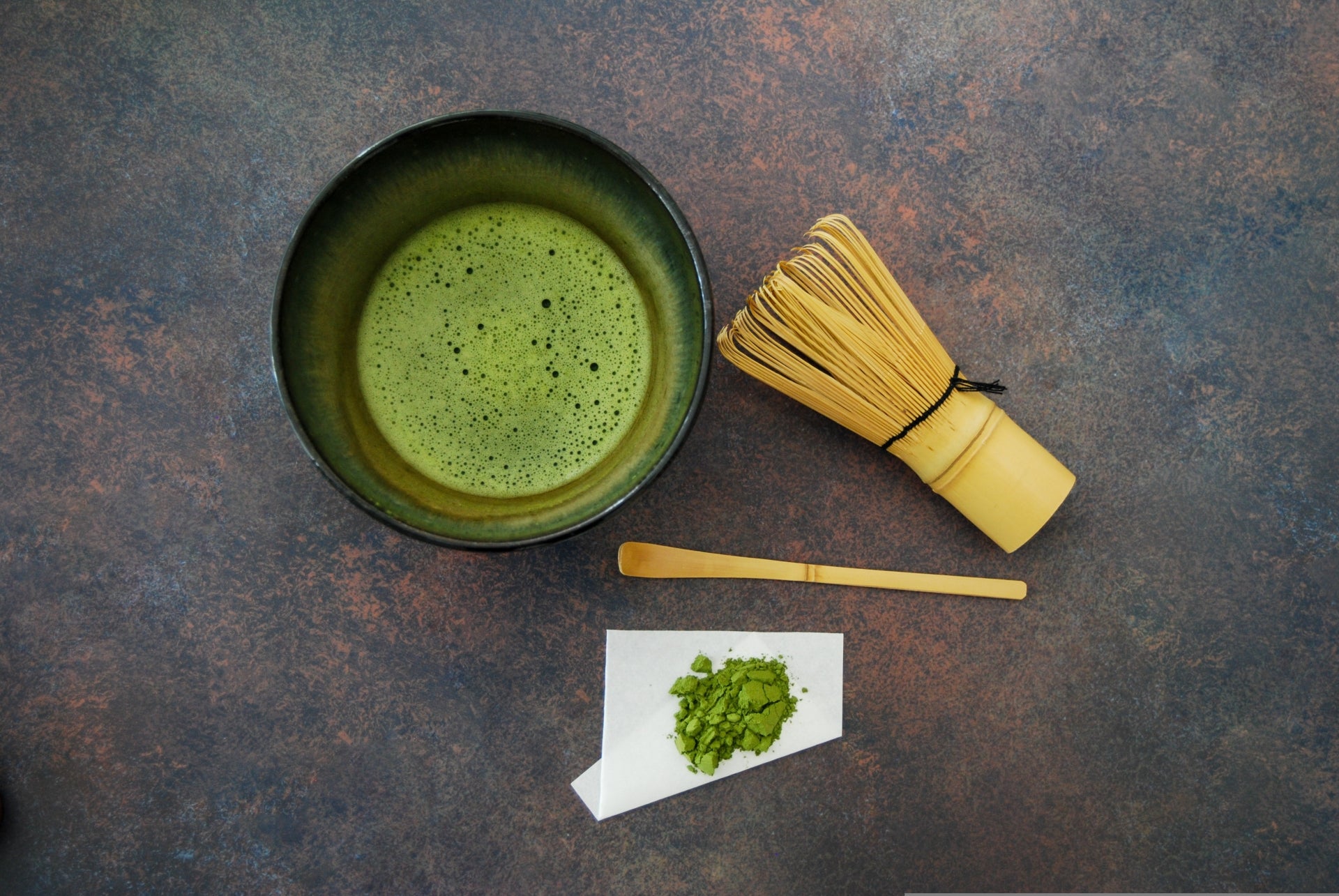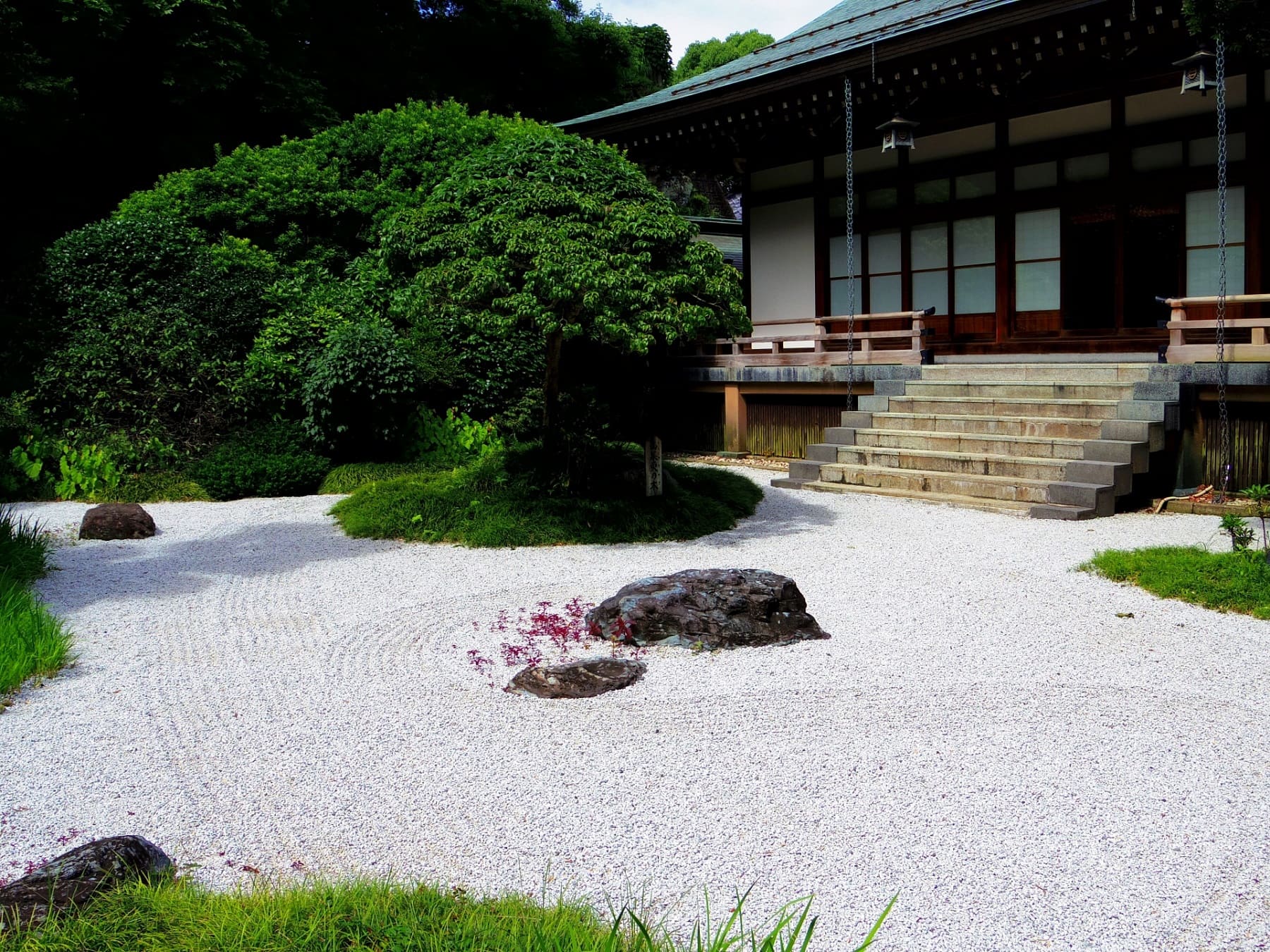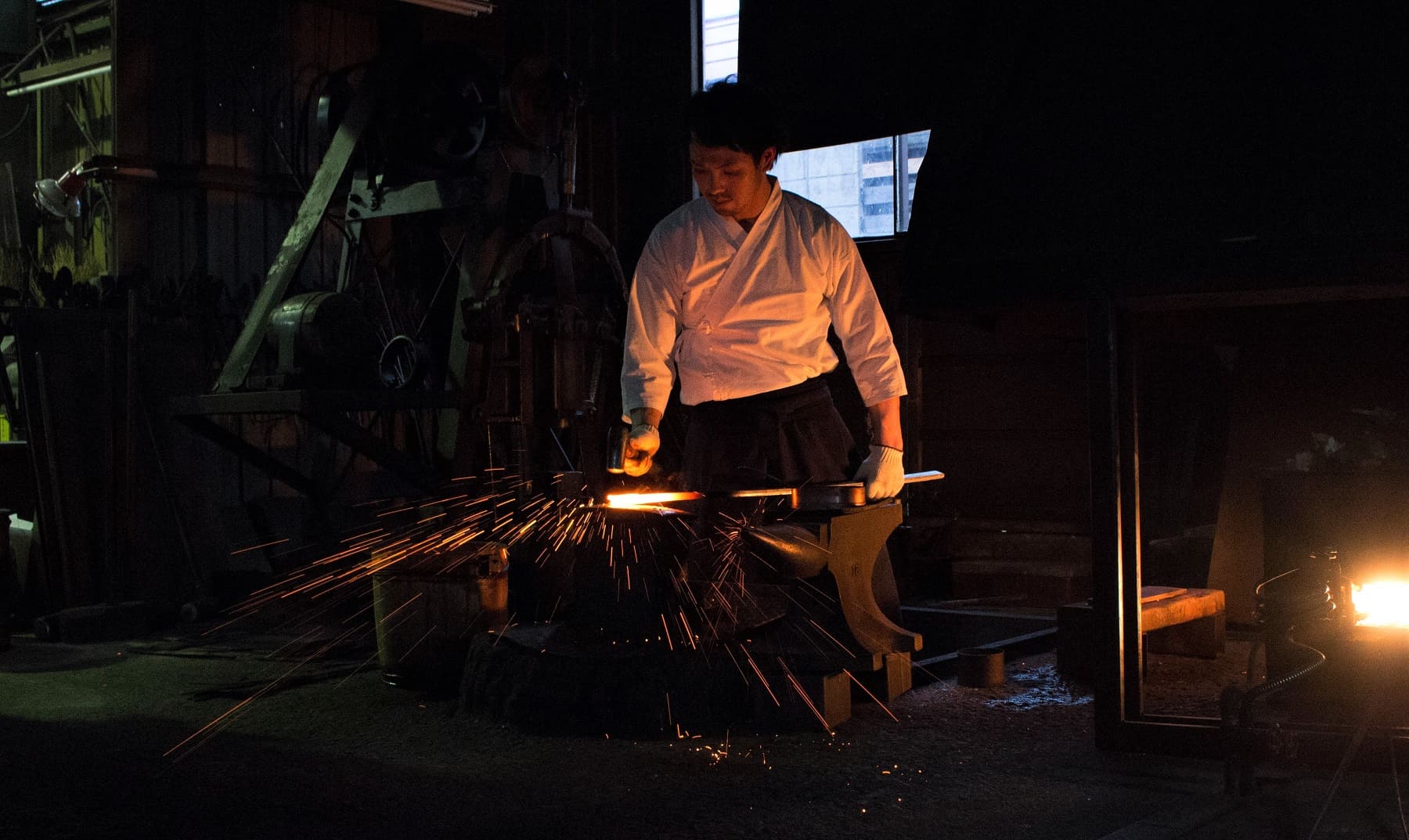Tea is drunk as an accompaniment to a meal, as a digestif , or as a thirst-quencher. It is dear to Japanese people's hearts. Without even paying any particular attention to it, Japanese people have tea in their daily lives. But there is also the art of the tea ceremony where taste and aroma are its goals. With the addition of various elements, the tea ceremony has also been channeled into a world-class form of culture. What exactly is this world-class, Japanese tea culture?

Japanese Tea Culture is an Extensive Art
At its most basic, the tea ceremony refers to the act of making and serving tea. However, its scope is quite extensive – it includes various elements including the spaces used such as tearooms and gardens, the art of appreciating tea utensils, the food and sweets served, the etiquette in entertaining guests, and the spiritual culture represented by wabi-sabi. It can be said that the tea ceremony is not merely about brewing and drinking a delicious cup, rather, it is about the spiritual exchange between the tea master and the guest. The same is true for the daily cup Japanese people drink. While they do not observe the strict etiquette practiced during a tea ceremony, it is commonplace for them to drink tea wherever they go, and to serve tea when people visit their homes. In Japan, tea connects people in their everyday lives.

Japanese Tea Culture is About Harmonious Heart-to-heart Connections
Tea was originally introduced to Japan from China. However, both countries differ in their approach – Chinese tea culture places emphasis on the deliciousness of tea, while Japanese tea culture focuses on the interaction between the tea master and the guest. The Japanese tea ceremony, which has developed in its own unique way, is the art of practicing hospitality and utilizing fixtures. The tea ceremony begins with the preparations for hospitality, with the tea master preparing the garden, the hanging scrolls, the water jug, the tea bowls, and other implements. Then, inside the tea room, people show respect and communicate with each other regardless of their status or title. In this way, it can be said that the essence of Japanese tea culture is not merely the pursuit of taste, but it is also about harmonious heart-to-heart connections.

The History of Japanese Tea
Since the introduction of tea to Japan, Japanese tea culture has developed in its own unique way. At the start, only a few people such as the nobility could drink tea. But as time passed, tea drinking spread to the samurai class; and by the Edo Period, the masses also began to enjoy tea. Tea was first brought into Japan during the Nara and Heian Periods. According to the Nihon Koki (a Japanese history text) , Eichu, a monk who arrived from China, presented tea to Emperor Saga. However, the practice of drinking tea did not spread widely, as only a few monks and the wealthy drank tea. In other words, its dissemination within Japan initially failed.

The Early Kamakura Period: Full-fledged Dissemination
In 1191 (the early Kamakura Period and after the Nara and Heian Periods), Zen monk Eisai who founded the Rinzai school of Zen Buddhism, brought tea to Japan when he returned from China's Song Dynasty. He sowed tea seeds on Mt. Sefuri in Saga Prefecture, an act which is considered to be the start of full-fledged tea cultivation in Japan. Eisai also wrote the book “Drink Tea and Prolong Life” where he introduced the benefits of tea and how to produce it. Later, the monk Myoe of the Kegon school of Buddhism created a tea plantation in Kyoto, after which tea plantations spread to Ise, Iga, Suruga, and Musashi.

The Azuchi-Momoyama Period (1568-1600): The Completion of the Tea Ceremony
Eisai's “Drink Tea and Prolong Life” greatly influenced the spread of tea drinking culture in Japan. The practice spread to the samurai class, with the shogun Ashikaga Yoshimitsu bestowing special patronage to tea plantations which were later collectively called the “Uji Shichi Meien” plantations. In the latter half of the 15th century, Murata Juko originated wabicha; and Takeno Joo and Sen no Rikyu later perfected the tea ceremony. With its popularization among the samurai class, the tea ceremony in its current form was completed.

The Edo Period (1603-1867): The Masses Begin to Enjoy Tea
During the Edo Period, tea became essential in samurai society. By this time, the masses were able to drink tea, but they could only drink sencha and bancha (which were reddish-black and coarse), and not the refined green tea powder matcha. In such circumstances, Nagatani Soen invented the “Aoisei Sencha Manufacturing Method” (ujisei sencha) which made beautiful, high-quality tea widely available. Moreover, during the early Meiji Period, group tea plantations began to form on plateaus such as the Makinohara Plateau in Shizuoka Prefecture, and tea spread even more widely. Afterward, mechanization, labor-saving efforts and the stability of quality developed, making tea an essential part of daily life.




